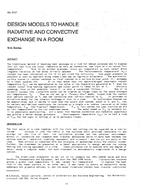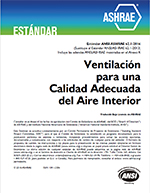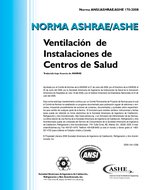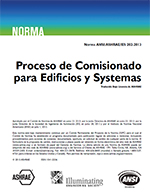Description
The traditional method of handling heat exchange in a room for design purposes was to suppose that all heat from the plant, radiative as well as convective, was input at a so called “air temperature”. This is an evident misnomer, since air temperature as such cannot drive longwave radiation as the model actually assumed. The “environmental temperature” concept has been introduced in the UK to get round the difficulty, This paper presents an analysis of when an approach along these lines may be logically acceptable. The surface-to-surface system of radiant exchange is first reduced to a surface-to-star point (Tr) exchange by a least squares fit. It is then shown that the space-averaged observable radiant temperature Tavr can be approximated by the value of the temperature generated at Tr when the radiant output from heating appliances and casual gains is taken to act at Tr. (Strictly speaking, this is not possible, since Tr is only a convenient fiction.) Now it is normally assumed that convective gains can be treated as though input at the space averaged air temperature, Ta. Thus we can set up a “binary star” model, formed from the radiant star pattern centred on Tr and the convective star pattern centred on Ta. It provides an attractive model for the internal exchange of heat in a room. An equivalence theorem can be demonstrated, and it serves to show that the binary star system, based on Tr and Ta can, in certain well-defined conditions, be replaced by a single star system, centered on an index temperature, Tra, (the “rad-air” temperature), Tra in fact serves the same function as did as “air temperature” in the old fashioned sense, The model based on Tra is workable but it is physically unattractive, and a model that handles convection and radiation separately may provide a better design procedure, Environmental temperature (tei) is in fact a form of Tra but the logic of setting it up is seriously flawed.
Citation: ASHRAE Transactions, 1988, vol. 94, pt. 2, Ottawa
Product Details
- Published:
- 1988
- Number of Pages:
- 23
- File Size:
- 1 file , 1.7 MB
- Product Code(s):
- D-OT-88-3157




